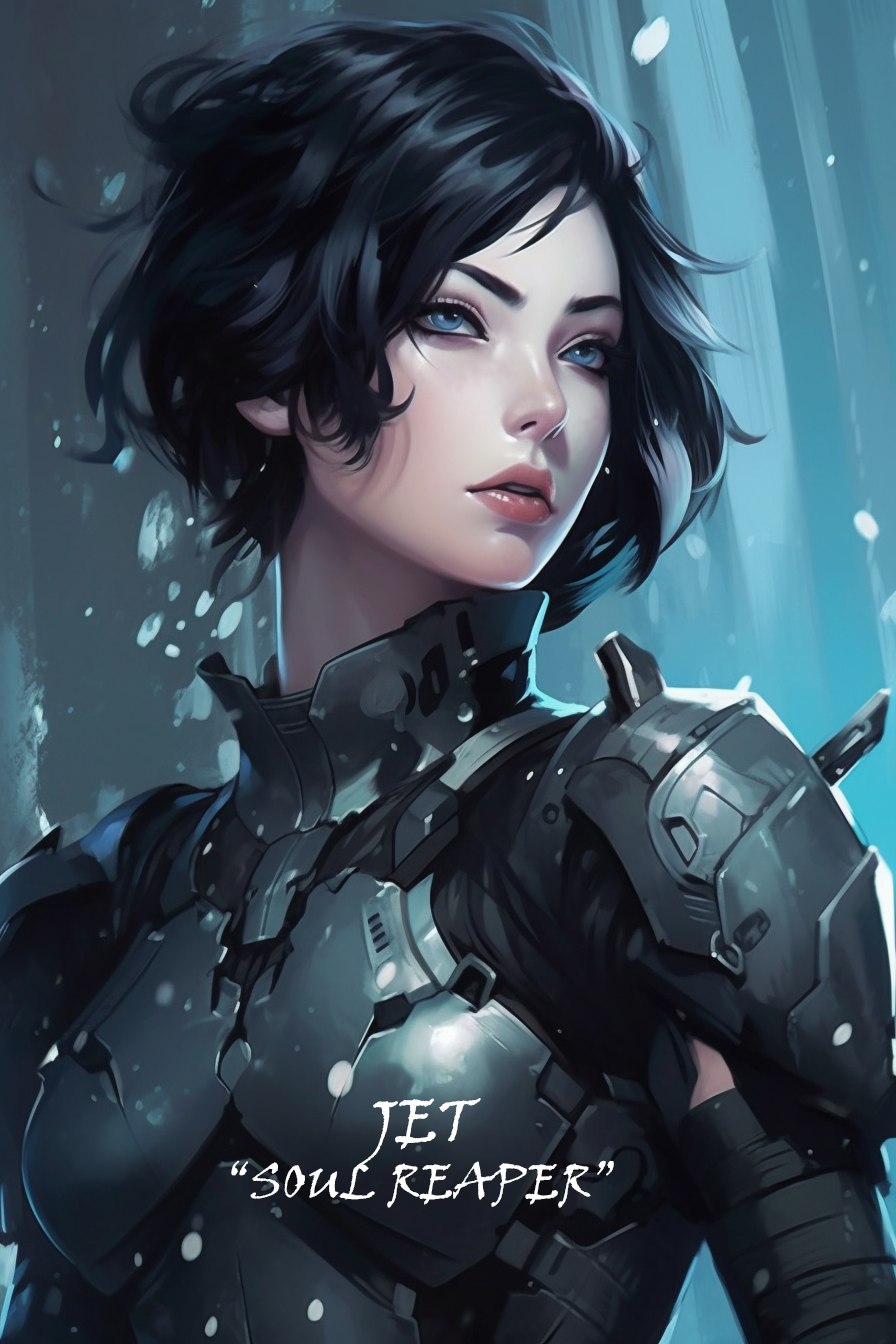“Shadow Slave 1574” is a captivating story that pulls readers into a world filled with shadows, both real and symbolic. This story is not just about survival in a harsh world but also about the inner strength and resilience of the human spirit. Let’s dive into the main aspects of this intriguing tale, exploring its world, characters, and the themes that make it so compelling.
The Setting of “Shadow Slave 1574”
Shadow Slave 1574 takes place in a dystopian world, where darkness dominates. This isn’t just about the lack of sunlight; it’s a place where oppression and control are the norms. Everything in this world, from the buildings to the weather, is designed to keep people in a state of despair. The constant twilight reflects the constant grip of the regime over its people, making freedom feel like a distant dream.
Life of the Protagonist
At the heart of this story is the protagonist, known only as 1574. This character’s journey from a state of submission to one of defiance forms the core of the narrative. 1574 starts as a broken person, stripped of identity and hope. As the story progresses, we see glimpses of rebellion and a gradual rediscovery of self-worth.
The protagonist’s interactions with other characters are crucial. Fellow slaves, each with their own struggles and stories, highlight different aspects of this oppressive world. Then there are the enforcers of the regime, whose interactions with 1574 show the harsh power dynamics at play.
Themes of Power and Oppression
A major theme in “Shadow Slave 1574” is the exploration of power and its impact. The regime maintains control through fear, manipulation, and violence. This constant oppression takes a toll on people’s spirits and identities. But the story also highlights resistance. Even in the darkest times, small acts of defiance can ignite change.
The narrative delves deep into the psychology of oppression, showing how long-term subjugation can break a person’s spirit. Yet, it also celebrates the human desire for freedom and autonomy. 1574’s journey is a testament to the enduring human spirit, even in the face of overwhelming control.
Rich Symbolism and Metaphors
“Shadow Slave 1574” is filled with symbolism and metaphors that add depth to the story. The shadow is a key symbol, representing the regime’s control, hidden aspects of human nature, and 1574’s internal struggles. The number 1574 itself strips the protagonist of personal identity, reducing them to just a part of the regime’s machinery.
Light and darkness are powerful metaphors throughout the story. Moments of light, though rare, symbolize hope and the possibility of change. These contrasts make the moments of light more significant, reflecting the protagonist’s struggle to reclaim a sense of hope and clarity.
Narrative Style
The story’s narrative style is immersive and engaging. The author uses vivid descriptions to bring the dystopian world to life, making readers feel the constant oppression and the rare moments of hope. The pacing is thoughtful, building tension and allowing a deep dive into the characters’ lives.
Dialogue is another crucial element, revealing character motivations and the underlying tensions in society. Conversations between 1574 and other characters are filled with subtext, highlighting the complexities of human relationships in a world ruled by fear.
Impact on Readers
“Shadow Slave 1574” leaves a lasting impact on its readers. It evokes a range of emotions, from empathy to anger, and prompts deep reflection on freedom, identity, and resistance. The story’s emphasis on resilience and hope is powerful, reminding readers that even in the darkest times, change is possible.
The narrative encourages readers to look beyond the shadows in their own lives and find the light within themselves. It’s a story that stays with you, making you think about the world around you and your place in it.
Conclusion
“Shadow Slave 1574” is more than just a story of survival; it’s a tale of resilience and the human spirit’s quest for freedom. Through its rich world-building, complex characters, and deep themes, it offers an unforgettable reading experience. The protagonist’s journey from submission to defiance is a powerful reminder of the enduring human desire for autonomy and hope, making it a story worth reading and reflecting upon.
